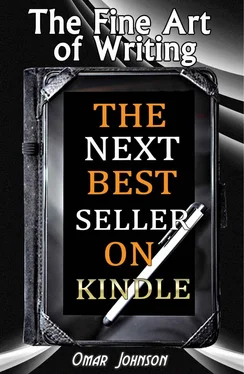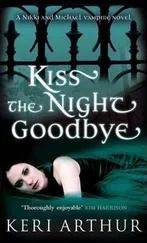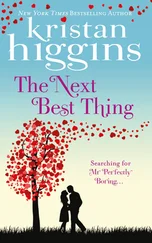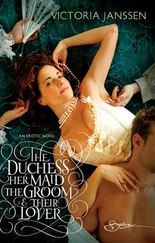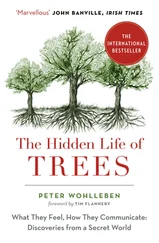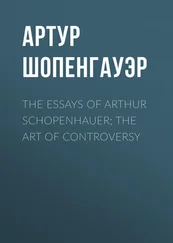Shape Selector:This feature allows you to square and to choose different shapes to insert into your photo.
Fill:Allows you to paint inside a shape or to paint inside a background for the cover.
Text:Here you are able to choose the font and the size of the font to put lettering on the front of the book. All of the same fonts, sizes, and features are available just as in Word and in the same locations. Also here you are able to change the color of the text. Make certain that the text color does not interfere with the background of the book specifically. So for example, if you have dark backgrounds make sure that you choose a darker background for the text.
Text formats should be bright and bold, wide fonts without crazy characters so that the person who is approaching the book from far away is clearly able to read the title and also read the name of the author on the cover without losing themselves in the background. The easiest way to do this is to use fonts like Times New Roman or Arial Bold.
When utilizing fonts which are curvy it becomes difficult for readers to read from far away, it also makes it more work on the brain to remember the title because of the curvature of the letters. This is why it is easier for the mind to process information which is printed, versus the information which is written in cursive.
Snag It
Another program which is typically installed on all computers and is very helpful for writers is Snag it. It allows for the author to grab copies of a photo or of a desktop and save that image and utilize it for different formats. It automatically saves itself as a.png file and yet can be modified easily for use in the aforementioned programs.
Make certain that you know how to use the basic formats of Snag It in order to be able to take screenshots, and to save different kinds of images so that you will be able to implement it to add great drawings to your work.
File Save As
If you are trying to save a file in a different format for example jpeg, png, rtf, tif and are not sure what to do, open the file you have and copy the image, then copy the image to a Word document and use the File option and select Save As. After using this option you will be able to choose the format output you need.
Different Sources of Covers:
1. Do It Yourself:As discussed earlier you can create your own cover by your own drawing or your own painting.
2. Professional Cover Designers:These are available for a small fee starting with around $50 for a stock image cover with no royalties or can also be custom designed on a book by book basis starting at around $150 and going up to $ 800 USD. When an artist designs a cover it is very important that they sign a Nondisclosure agreement (NDA) if they are working for hire stating that they will contribute to the book but are not seeking royalties.
What is the difference between flat fee and royalties? Here one thing to remember and consider is if you pay a writer a flat fee for their work they should not expect royalties when the book is published. However, once the book begins to take off sometimes this is not clear if it is not stated on paper in a format like an NDA.
3. Deposit Photos:A website like deposit photos, photo bucket etc. offer royalty free photos which can be purchased and then have the information required added to them. This means that a photo can be sold to the author or artist with no royalties due to the site and no royalties due long term in sales. This means that outright the author has bought the rights by paying for the image or by buying the image through a subscription plan.
A subscription plan is a great idea if you are using massive amounts of content. Maybe you are using stock photos for a book you are working on or have multiple projects; all of this can be accomplished easily with a subscription plan.
4. Friend’s Art:Using a friend’s art for your book cover is a great way to help them with exposure. However, one thing to consider is you need to have your friend sign an NDA and agree on the terms way before the final cover is designed, uploaded and used.
Hopefully after this chapter, you feel better, more in charge and have a direction of where to go. Here are a few other things to think about when planning the image.
1. The cover is as important as the title: make it memorable, gorgeous and approachable.
2. Decide how you are going to obtain a cover.
3. Make certain to understand the intricacies of the source whether it is using technology or working with a friend.
4. Have fun, covers are the main touch point for the reader of the book. Even before they read the title, whatever image is chosen will stand out in the minds of the reader.
Chapter VI: Plot Elements that Win You Big Sales
Best Selling books always have a few common elements which are represented in their pages. The story which is being told by the author is essentially that of the mythic hero in a universal tale being told over and over again but being adapted to a new time and cultural situation. We are going to discuss some of those elements right now…essentially it boils down to 10 winning elements. These elements transcend the writing genre as well and translate to media across the board, so if you have film ambitions for your story please pay attention.
Element One: A Broken Family:all great books have an element of a family which is broken in one sense or another. This might be due to an untimely death, a divorce, or an argument between brother and sister. Essentially the main element is that the home must have an issue or there is no reason for the main character to leave on a quest. If everything is perfect in paradise, or in the home base there is nothing to search for, on the part of the character.
Element Two: Highly Emotionally Charged Characters:If you think about Tony Soprano or Belle from the Red Shoe Diaries you will recognize one major element. They both have huge elements of his/her personality pulling against one another. Whether it is the guilt of being a prostitute or a gangster, both works are penned so that you see the interior machinations of the characters.
Even a character like Tony Soprano who would be the archetypal bad guy if the work were penned in a different way is now an understandable and likeable guy. The reason he is likeable is because it is possible to imagine him with the devil on one shoulder and the angel on the other shoulder, much like the old Warner Brother’s cartoons.
Element Three: “Us Versus Them”:This means that there is a clear divide in between both sides of a conflict, this can be Spartans versus Persians, Democrats versus Republicans or the Germans versus the Americans. The most important thing is that there is a conflict that is created between two opposing and polar sides which can never be mistaken for the opposite side, each entity is clearly defined.
This is apples against oranges, and cats against dogs. The writer’s job is to ensure that both sides are shown in different respects and are not confused for one another. One side will generally be more sympathized with considering the perspective of the writer. However, the line in the sand will be clear and distinct.
Element Four: Periods of Learning:Whether it is a midlife crisis, a romantic sabbatical, or a quest to find oneself the main character must undergo a period of learning something. This is the story of personal growth of the main character. For this reason whatever the personal challenge, is the reader must be able to identify with the character or be able to picture someone that he/she knows as the character. For this reason the struggle or the learning period must be universal to ensure it appeals to readers.
Читать дальше
